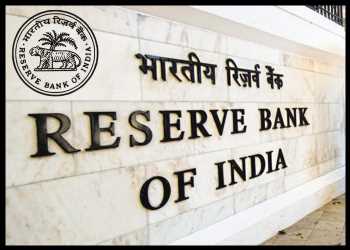The Reserve Bank of India decided to raise its key interest rate by a steeper-than-expected 50 basis points on Friday, and to remain focused on the withdrawal of accommodation to bring inflation back to the tolerance band.
The Monetary Policy Committee, led by Governor Shaktikanta Das, unanimously decided to hike its key interest rate, the repo, by 50 basis points to 5.40 percent. Markets had anticipated a 35 basis points hike.
Consequently, the standing deposit facility rate was adjusted to 5.15 percent and the marginal standing facility rate and the Bank Rate to 5.65 percent.
The Reserve Bank of India had earlier raised the repo rate by 50 basis points in June after a surprise 40 basis point hike in May.
The central bank will be confident enough to deliver another 50 basis point hike in the next scheduled meeting in late September, before reverting to a few 25 basis point hikes once inflation has peaked, Capital Economics economist Shilan Shah said.
The MPC decided to remain focused on withdrawal of accommodation to ensure that inflation remains within the target going forward, while supporting growth, RBI Governor Das said.
Given the elevated level of inflation and resilience in domestic economic activity, the MPC viewed that further calibrated monetary policy action is needed, the bank added.
Although consumer price inflation eased for the second straight month in June, to 7.01 percent, it remained well above the upper end of the tolerance band.
Inflation is forecast to remain above the 6 percent through the first three quarters of 2022-23, entailing the risk of destabilizing inflation expectations and triggering second round effects.
Nonetheless, inflation projection for the current fiscal year was retained at 6.7 percent.
Policymakers observed that elevated risks emanating from protracted geopolitical tensions, the upsurge in global financial market volatility and tightening global financial conditions continue to weigh heavily on the outlook. GDP growth outlook for 2022-23 was maintained at 7.2 percent.
Source: Read Full Article
